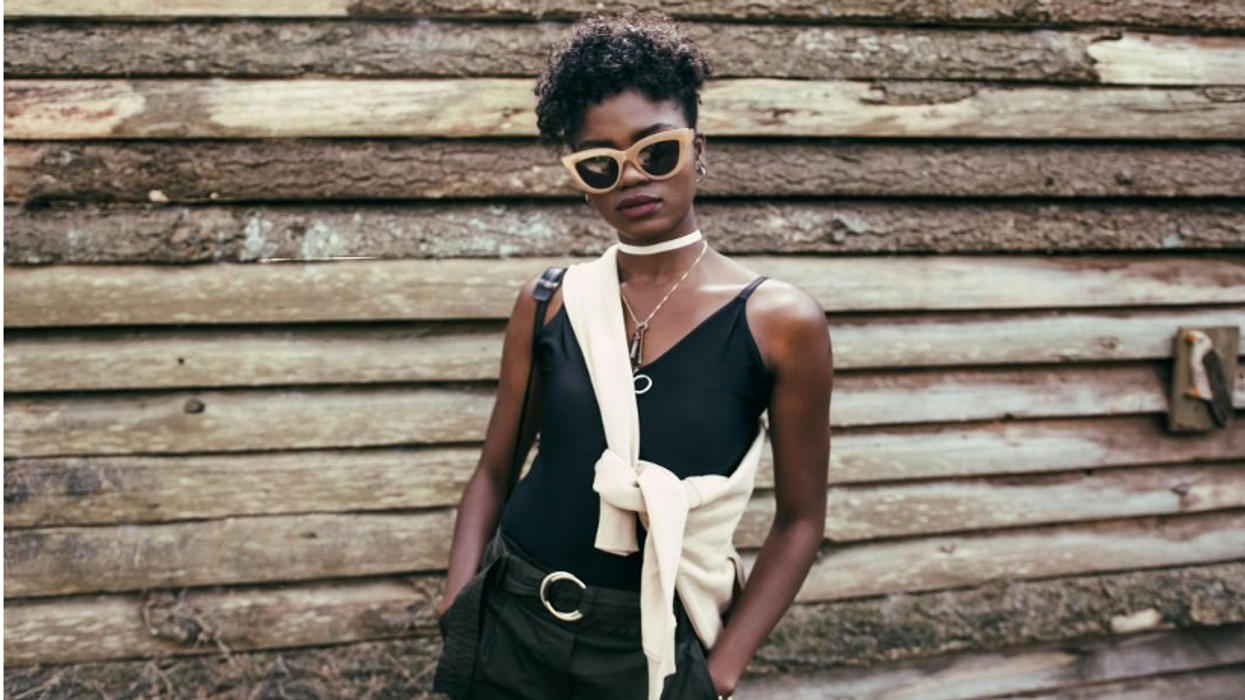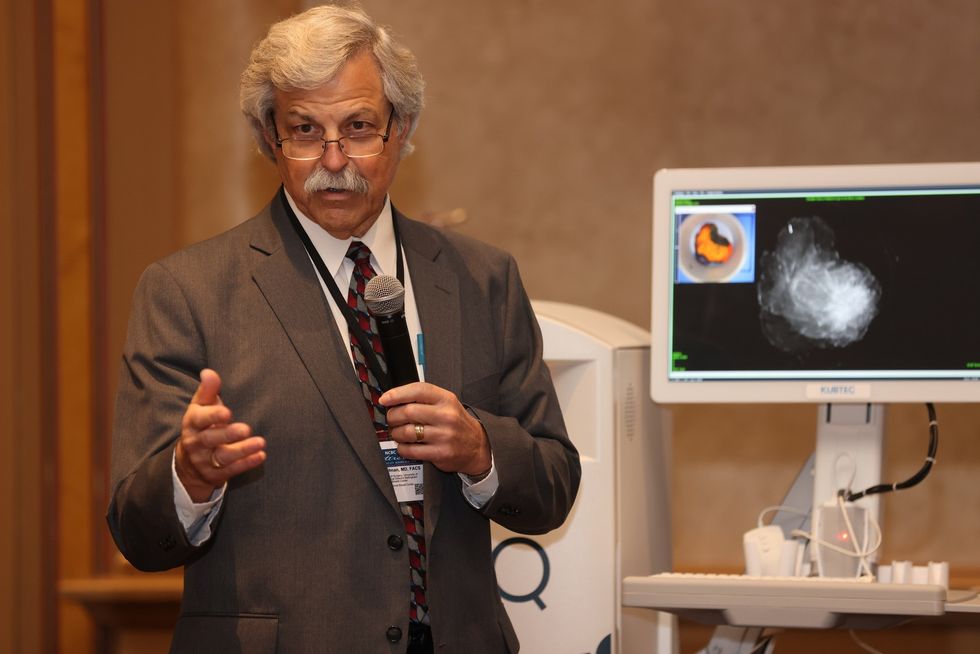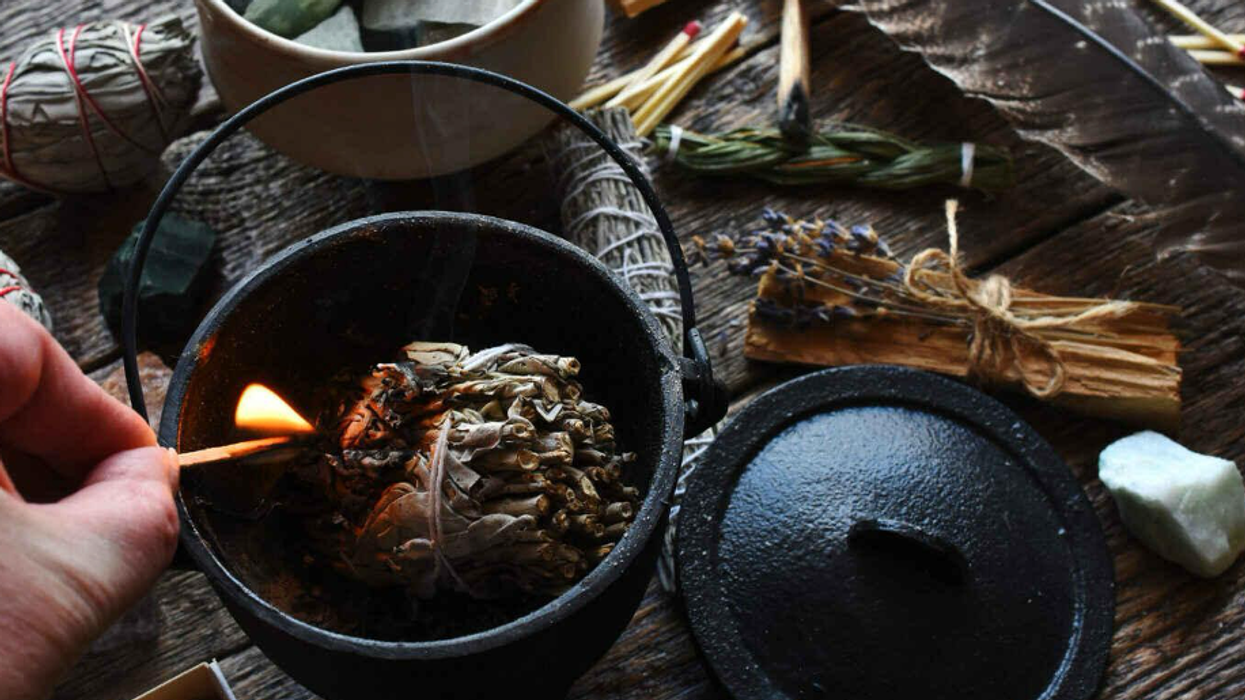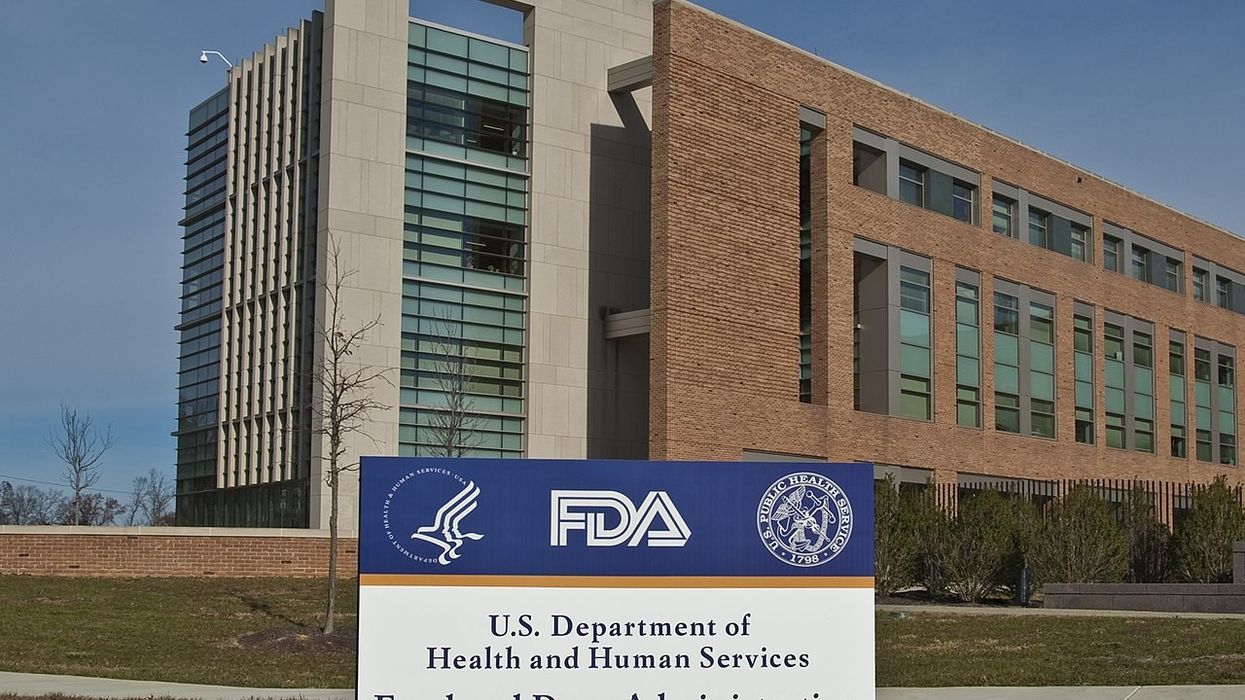The quest for new and effective medical treatments has led researchers to explore unconventional therapies that often challenge traditional medical practices. These innovative approaches, ranging from ancient remedies to cutting-edge technologies, offer potential solutions for conditions that are difficult to treat with conventional methods. This article delves into some of the unconventional medical treatments currently being researched and examines the science behind them.
Fecal Microbiota Transplantation (FMT)
Overview
Fecal Microbiota Transplantation (FMT) involves the transfer of stool from a healthy donor to the gastrointestinal tract of a patient. This procedure aims to restore the balance of gut microbiota, which is crucial for overall health.
Research and Applications
FMT has shown remarkable success in treating recurrent Clostridioides difficile infections (CDI), which are often resistant to standard antibiotic treatments. A landmark study published in the New England Journal of Medicine reported that FMT achieved a cure rate of approximately 90% in patients with recurrent CDI .
Researchers are now exploring the potential of FMT in treating other conditions, such as inflammatory bowel disease (IBD), irritable bowel syndrome (IBS), and even neurological disorders like Parkinson's disease. While early results are promising, further clinical trials are needed to establish the efficacy and safety of FMT for these conditions .
Low-Level Laser Therapy (LLLT)
Overview
Low-Level Laser Therapy (LLLT), also known as photobiomodulation, uses low-intensity lasers or light-emitting diodes (LEDs) to stimulate cellular function and promote healing. Unlike high-intensity lasers used in surgery, LLLT does not generate heat and is non-invasive.
Research and Applications
LLLT has been studied for its potential to treat a variety of conditions, including chronic pain, wound healing, and hair loss. A study published in The Lancet demonstrated that LLLT significantly reduced pain and disability in patients with chronic neck pain compared to a placebo .
Recent research has also explored LLLT's potential in neurological applications. For instance, studies have suggested that LLLT may improve cognitive function in patients with traumatic brain injury and Alzheimer's disease by promoting neurogenesis and reducing inflammation .
Psilocybin-Assisted Therapy
Overview
Psilocybin, the active compound in certain psychedelic mushrooms, has gained attention for its potential therapeutic effects in mental health. Psilocybin-assisted therapy involves the controlled administration of the compound in a clinical setting, accompanied by psychological support.
Research and Applications
Recent clinical trials have shown promising results for psilocybin in treating depression, anxiety, and post-traumatic stress disorder (PTSD). A groundbreaking study published in JAMA Psychiatry found that a single dose of psilocybin, combined with supportive psychotherapy, produced significant reductions in depression symptoms that lasted for weeks .
Psilocybin is also being investigated for its potential to treat substance use disorders, such as alcohol and nicotine dependence. Preliminary studies have reported high rates of abstinence and reduced cravings in participants receiving psilocybin-assisted therapy .
Hyperbaric Oxygen Therapy (HBOT)
Overview
Hyperbaric Oxygen Therapy (HBOT) involves breathing pure oxygen in a pressurized chamber. This process increases the amount of oxygen in the blood and promotes healing by enhancing tissue oxygenation.
Research and Applications
HBOT is well-established for treating conditions such as decompression sickness, carbon monoxide poisoning, and non-healing wounds. However, researchers are now exploring its potential for treating a wide range of other conditions.
A study published in PLOS ONE demonstrated that HBOT significantly improved cognitive function in stroke patients by promoting neuroplasticity and reducing brain inflammation . Additionally, HBOT is being investigated for its potential in treating traumatic brain injury, chronic pain syndromes, and even certain types of cancer .
Transcranial Magnetic Stimulation (TMS)
Overview
Transcranial Magnetic Stimulation (TMS) is a non-invasive procedure that uses magnetic fields to stimulate nerve cells in the brain. It is primarily used to treat depression that has not responded to other treatments.
Research and Applications
TMS has been approved by the FDA for the treatment of major depressive disorder (MDD) and has shown significant promise in clinical trials. A study published in Brain Stimulation reported that TMS achieved remission rates of up to 30% in patients with treatment-resistant depression .
Researchers are also exploring the use of TMS for other neurological and psychiatric conditions, such as anxiety disorders, obsessive-compulsive disorder (OCD), and schizophrenia. While still in the experimental stages, these studies suggest that TMS may offer a valuable alternative for patients who do not respond to conventional treatments .
Unconventional medical treatments represent a frontier of medical research, offering hope for patients with conditions that are difficult to treat with traditional methods. From Fecal Microbiota Transplantation to Psilocybin-Assisted Therapy, these innovative approaches are backed by promising research and have the potential to revolutionize healthcare. As science continues to advance, further studies will help clarify the efficacy, safety, and broader applications of these treatments, ultimately improving patient outcomes.
References
- van Nood, E., Vrieze, A., Nieuwdorp, M., et al. (2013). Duodenal Infusion of Donor Feces for Recurrent Clostridium difficile. New England Journal of Medicine, 368(5), 407-415.
- Kao, D., Roach, B., Silva, M., et al. (2017). Effect of Oral Capsule– vs Colonoscopy-Delivered Fecal Microbiota Transplantation on Recurrent Clostridium difficile Infection: A Randomized Clinical Trial. JAMA, 318(20), 1985-1993.
- Chow, R. T., Johnson, M. I., Lopes-Martins, R. A., & Bjordal, J. M. (2009). Efficacy of low-level laser therapy in the management of neck pain: a systematic review and meta-analysis of randomised placebo or active-treatment controlled trials. The Lancet, 374(9705), 1897-1908.
- Carhart-Harris, R. L., Bolstridge, M., Rucker, J., et al. (2016). Psilocybin with psychological support for treatment-resistant depression: an open-label feasibility study. The Lancet Psychiatry, 3(7), 619-627.
- Simon, N. G., Turner, M. R., & Vucic, S. (2015). A systematic review of hyperbaric oxygen therapy in the treatment of amyotrophic lateral sclerosis. Amyotrophic Lateral Sclerosis and Frontotemporal Degeneration, 16(5-6), 354-366.
- George, M. S., Lisanby, S. H., Avery, D., et al. (2010). Daily Left Prefrontal Transcranial Magnetic Stimulation Therapy for Major Depressive Disorder: A Sham-Controlled Randomized Trial. Archives of General Psychiatry, 67(5), 507-516.
- Boussi-Gross, R., Golan, H., Volkov, O., et al. (2015). Hyperbaric oxygen therapy can improve post concussion syndrome years after mild traumatic brain injury - randomized prospective trial. PLOS ONE, 10(11), e0130161.















 Dr. Cary S. Kaufman teaches the "Essentials of Oncoplastic Surgery" course through the National Consortium of Breast Centers, providing breast surgeons around the world with advanced techniques for optimal breast surgery outcomes.
Dr. Cary S. Kaufman teaches the "Essentials of Oncoplastic Surgery" course through the National Consortium of Breast Centers, providing breast surgeons around the world with advanced techniques for optimal breast surgery outcomes.

